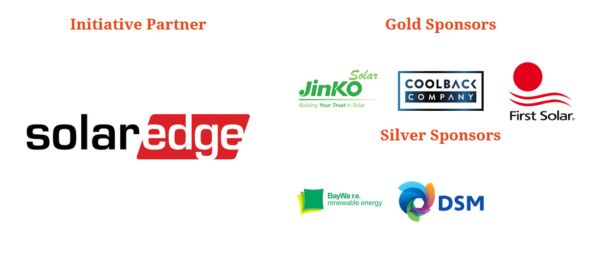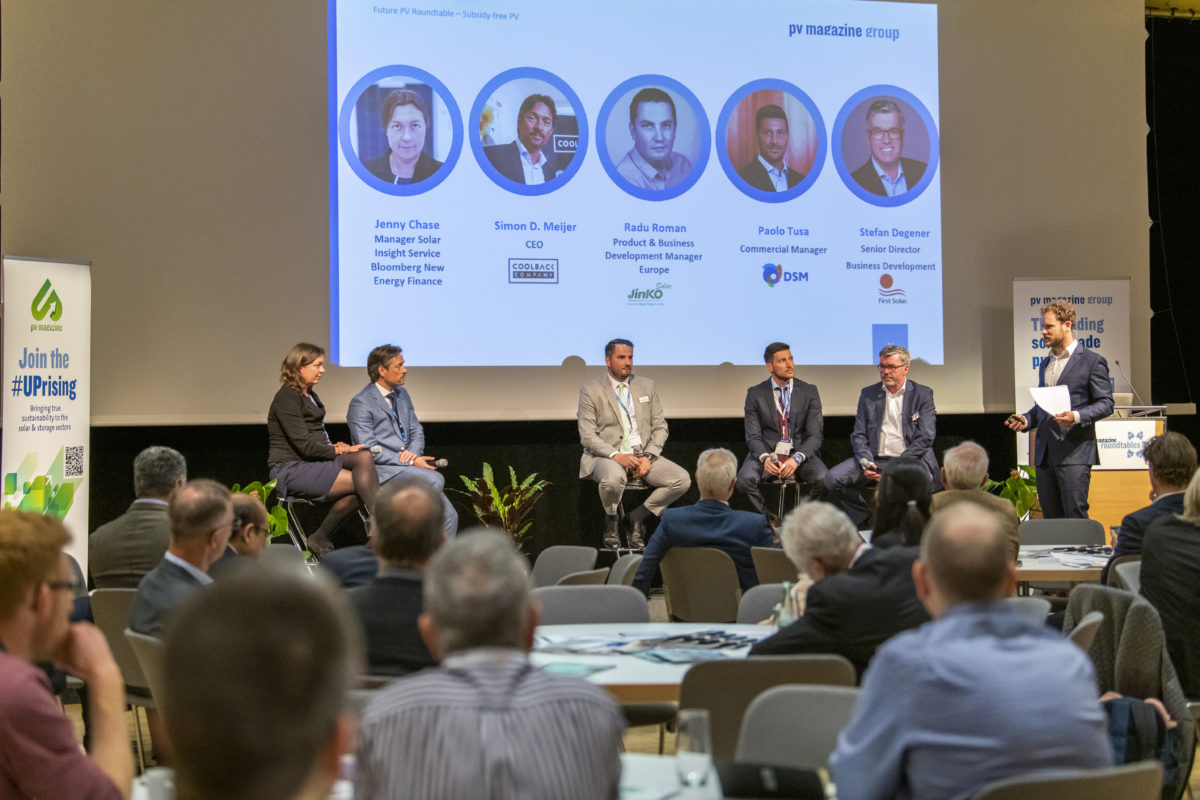Solar is making great strides to become a mature and worthy successor of the fossil fuel industry. One issue political, industrial and, ultimately, public support has always hinged on was the level of subsidies required for the development of PV and other renewables.
For policymakers worldwide it was clear subsidies could only be an interim solution. A high-profile example of public support for renewable energy having gone down in flames, literally, can be found in France. Members of the ‘yellow vest’ movement rallied against a proposal to increase fuel duties to help France meet its climate goals.
Photovoltaic industry leaders knew they were racing against the clock before public funding dwindled and they have delivered. Solutions for subsidy free PV at utility scale, and for residential and commercial and industrial (C&I) systems, were presented at pv magazine’s Future PV Roundtable at the Smarter E Europe trade show in Munich.
Benedikt Ortmann, CEO of BayWa r.e. Solar Projects GmbH, gave an insight into the company’s 175 MW grid parity project in Spain, which had just started commercial operation. According to Ortmann, a significant driver towards the grid parity achievement was cost. Module prices have decreased by substantial margins in recent years. And alongside module cost, other system components have become cheaper as well.
Ortmann explained that for the first 15 years of operation at the Don Rodrigo plant, the lion’s share of costs will flow in paying down debt financing. After that, a solar plant only incurs a small operations and maintenance bill. Therefore, during its initial years the plant sells electricity at a loss but after a certain point, when the debt has been paid, it sells at considerable profit.
Popular content
Solutions have also arrived in the residential and C&I sectors, with research and development preparing for the day public subsidies dry up. Here, however, the debate tapped much more into the use of innovations, such as virtual power plants. Deeper integration of EVs, with storage, and other dispatchable loads also appears to be important advances. Using flexible loads and aggregating them to megawatt-scale power output that can either be fed into the grid or applied as the load can help grid operators ensure smooth operation without the need for costly infrastructure upgrades and new power plants. For periods when real-time energy trade and aggregation is not available, or not a particularly smart option, the industry seems focused on storage to ramp up self-consumption.
For that to be played out on a large scale regulations must be tackled. High feed-in tariffs, such as those available in the Netherlands, prevent customers from opting for storage, as it lacks economic feasibility.
The industry has delivered the solutions for subsidy free PV and the ball is firmly back in the politicians’ court, with a need to craft the regulations to use those solutions properly.

This content is protected by copyright and may not be reused. If you want to cooperate with us and would like to reuse some of our content, please contact: editors@pv-magazine.com.



By submitting this form you agree to pv magazine using your data for the purposes of publishing your comment.
Your personal data will only be disclosed or otherwise transmitted to third parties for the purposes of spam filtering or if this is necessary for technical maintenance of the website. Any other transfer to third parties will not take place unless this is justified on the basis of applicable data protection regulations or if pv magazine is legally obliged to do so.
You may revoke this consent at any time with effect for the future, in which case your personal data will be deleted immediately. Otherwise, your data will be deleted if pv magazine has processed your request or the purpose of data storage is fulfilled.
Further information on data privacy can be found in our Data Protection Policy.